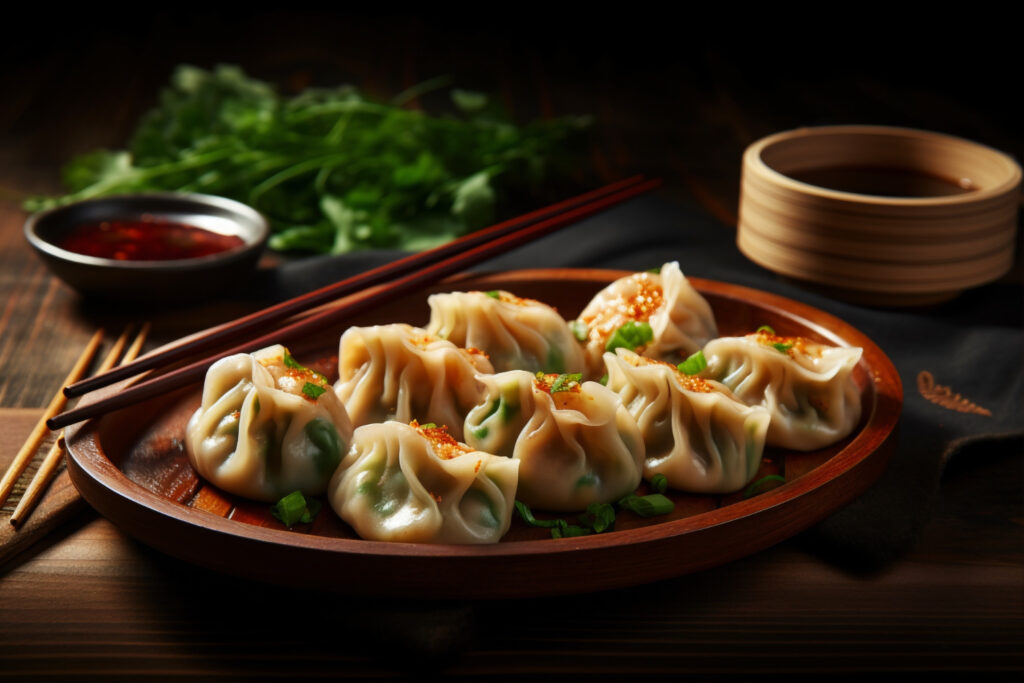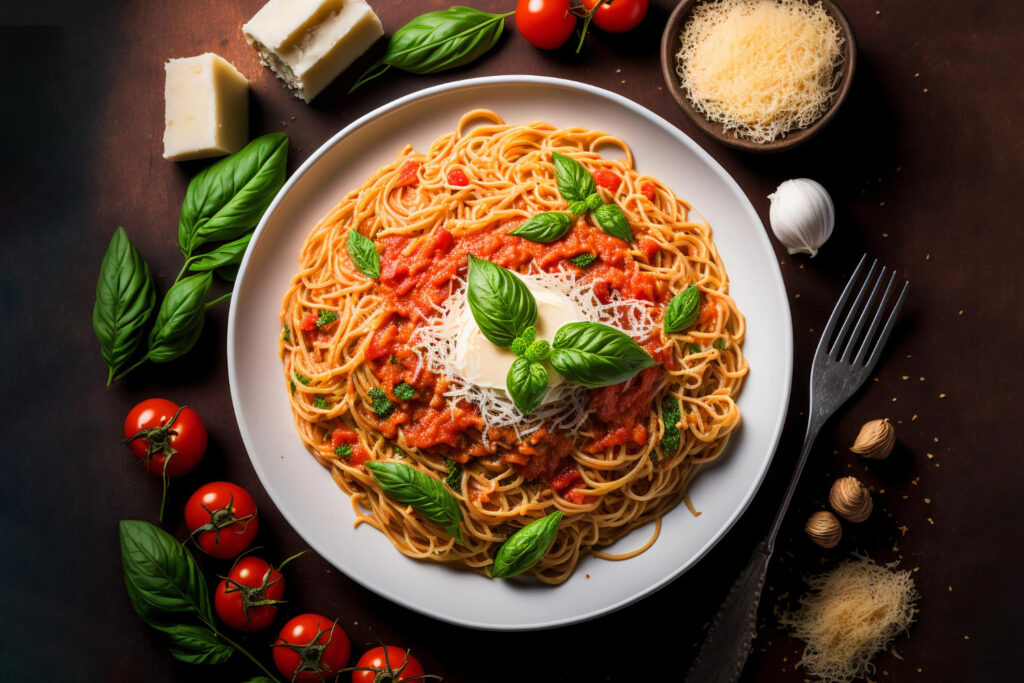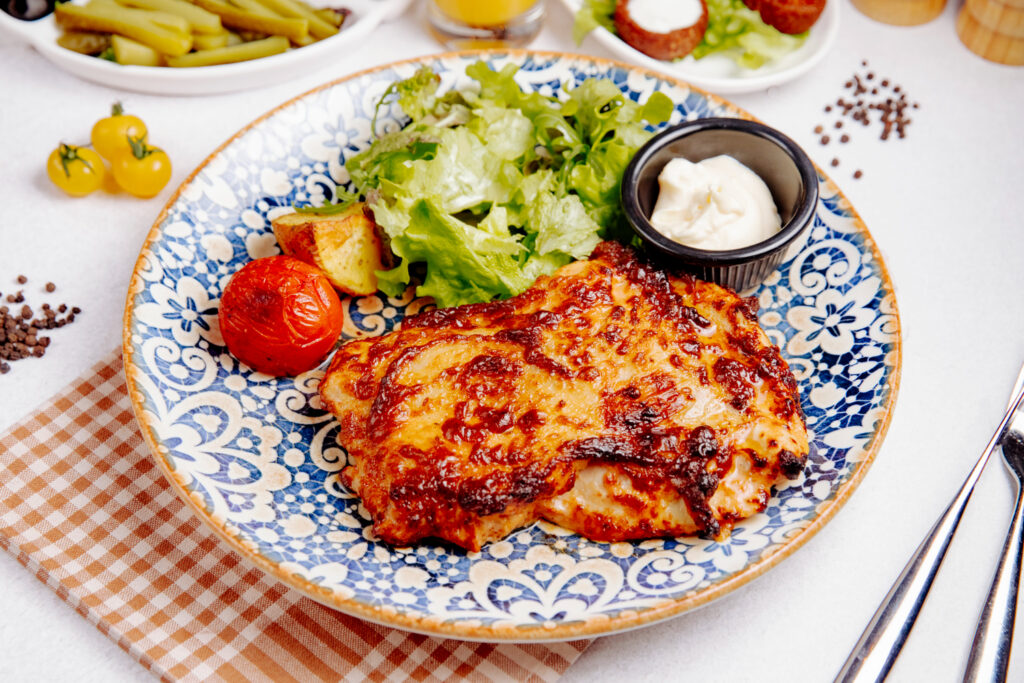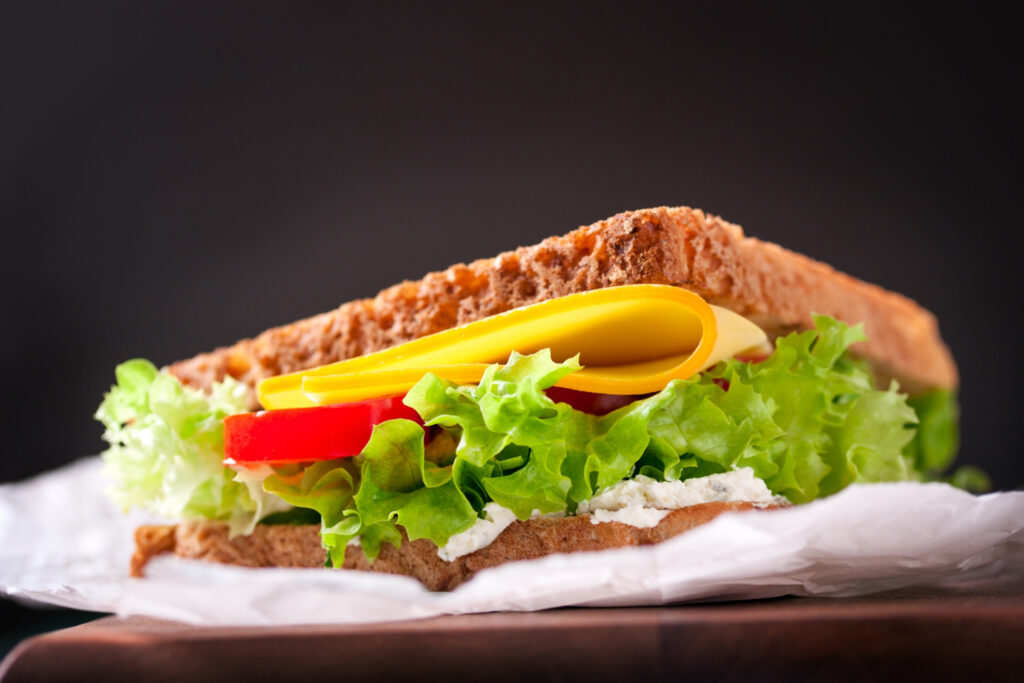Momo, a type of South Asian dumpling, has become a beloved delicacy worldwide. Its origins & rich flavors make it a fascinating dish to explore. Whether you’re a seasoned cook or a food enthusiast, this comprehensive guide will take you through the journey of making the perfect momo. Let’s delve into the world of momo, uncover its history, explore different types, and learn the techniques to prepare this delightful dish.
1. The Origins of Momo
Historical Roots
Momo originated in Tibet and has a rich history that spans several centuries. Traditionally, momo was a staple food for Tibetan people, and it eventually made its way to neighboring countries like Nepal, Bhutan, and India. The dish adapted to local tastes and ingredients, resulting in the diverse varieties we see today.
Cultural Significance
Momo holds a special place in the culinary traditions of South Asia. In Tibet, it is often associated with religious festivals and family gatherings. In Nepal, momo is a popular street food and a common feature at social events. Its cultural significance adds to its charm and widespread appeal.
2. Types of Momo
Steamed Momo
Steamed momo is the most traditional and popular variant. The dumplings are filled with various ingredients, such as meat, vegetables, or cheese, and then steamed to perfection. Steaming preserves the delicate flavors and textures of the filling.
Fried Momo
For a crispy twist, fried momo is an excellent choice. The dumplings are deep-fried or pan-fried, giving them a crunchy exterior while keeping the inside juicy and flavorful. This variation is often served with tangy dipping sauces to enhance the taste.
3. Essential Ingredients for Momo
The Dough
The dough for momo is typically made from all-purpose flour, water, and a pinch of salt. The key to perfect momo dough is achieving the right consistency—soft, pliable, and easy to roll. Knead the dough thoroughly to ensure it is smooth and elastic.
The Filling
The filling can vary widely, but common ingredients include minced meat (such as chicken, pork, or lamb), finely chopped vegetables, and spices. The filling should be well-seasoned and moist to ensure the momo remains juicy after cooking.
4. Preparing the Dough
Mixing the Ingredients
Combine the flour, water, and salt in a mixing bowl. Gradually add water to the flour while mixing until a dough forms. The dough should not be too sticky or too dry; adjust the water and flour quantities as needed to achieve the desired consistency.
Kneading and Resting
Knead the dough for about 10 minutes until it is smooth and elastic. Cover the dough with a damp cloth and let it rest for at least 30 minutes. Resting the dough helps relax the gluten, making it easier to roll out and shape.
5. Creating the Filling
Meat-Based Filling
For a meat-based filling, combine minced meat with finely chopped onions, garlic, ginger, cilantro, and spices such as cumin, coriander, and chili powder. Mix the ingredients well to ensure an even distribution of flavors.
Vegetarian Filling
For a vegetarian option, use finely chopped vegetables such as cabbage, carrots, and mushrooms. Add tofu or paneer for a protein boost. Season with soy sauce, garlic, ginger, and spices to create a flavorful and satisfying filling.
6. Shaping the Momo
Rolling the Dough
Divide the rested dough into small, equal-sized balls. Roll each ball into a thin circle, about 3-4 inches in diameter. The edges should be slightly thinner than the center to ensure even cooking and easy sealing.
Filling and Sealing
Place a spoonful of filling in the center of each dough circle. Fold the edges over the filling and pinch them together to seal the momo. There are various ways to shape momo, including the pleated crescent and the round purse. Experiment with different shapes to find your preferred style.
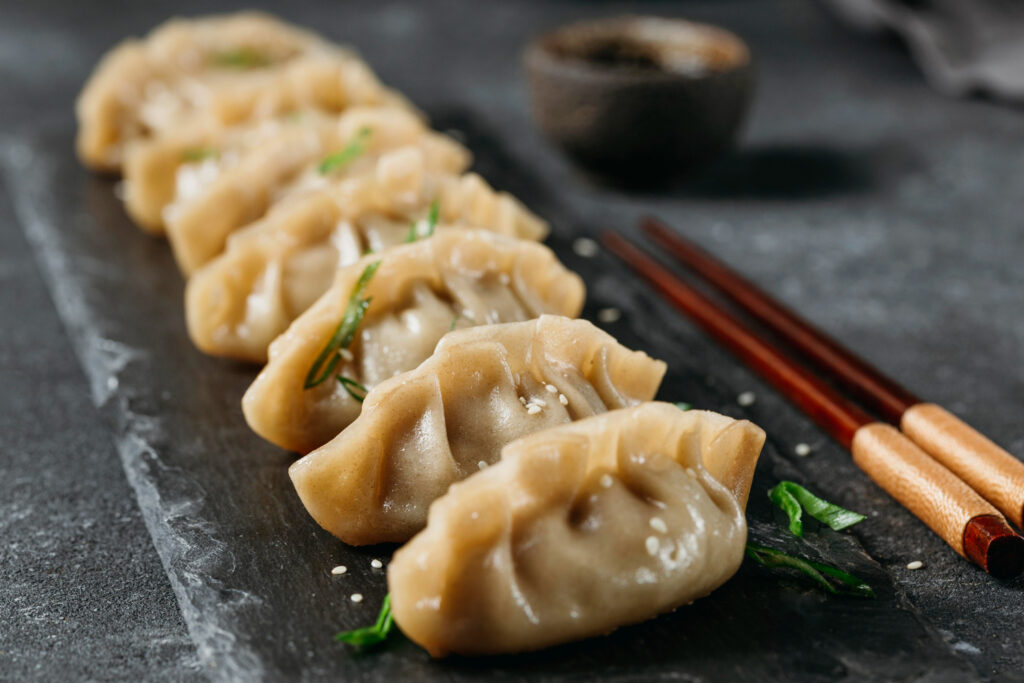
7. Cooking Methods
Steaming
Arrange the filled momo in a steamer basket, ensuring they do not touch each other. Steam over boiling water for about 10-12 minutes, or until the dough becomes translucent and the filling is cooked through. Steaming preserves the delicate flavors and keeps the momo moist.
Frying
For fried momo, heat oil in a deep pan or wok. Carefully add the momo and fry until golden brown and crispy on all sides. Drain on paper towels to remove excess oil. Fried momo are perfect for those who enjoy a crunchy texture.
8. Accompaniments for Momo
Dipping Sauces
Momo is often served with a variety of dipping sauces. A spicy tomato chutney, made with tomatoes, garlic, and chilies, is a popular choice. Soy-based dipping sauces, enhanced with sesame oil and fresh herbs, are also excellent accompaniments.
Side Dishes
Pair momo with light side dishes such as fresh salads or steamed vegetables. The simplicity of these sides complements the rich flavors of the momo, creating a balanced meal. You can also serve momo with a bowl of clear soup for a comforting combination.
9. Tips for Perfect Momo
Dough Consistency
Achieving the right dough consistency is crucial for perfect momo. It should be soft and pliable but not too sticky. Kneading the dough thoroughly and allowing it to rest ensures it is easy to work with and results in tender dumplings.
Flavorful Filling
A well-seasoned filling is key to delicious momo. Don’t be afraid to experiment with spices and herbs to enhance the flavor. Ensure the filling is moist to prevent the momo from becoming dry during cooking.
10. Common Mistakes to Avoid
Overstuffing
Avoid overstuffing the momo, as this can cause the dough to tear during cooking. Use a small spoonful of filling and ensure the edges are sealed properly to prevent any leaks.
Undercooking
Undercooked momo can be disappointing. Ensure the dough is cooked through and the filling is hot and juicy. Adjust the cooking time based on the size and thickness of the momo to achieve perfect results.
11. Exploring Regional Variations
Nepali Momo
Nepali momo often features a spiced meat filling and is served with a tangy tomato-based dipping sauce. This variation is popular street food in Nepal and is enjoyed by people of all ages.
Tibetan Momo
Tibetan momo is traditionally made with yak meat, but other meats like beef or lamb can be used. The filling is often flavored with garlic, ginger, and soy sauce, creating a savory and aromatic dish.
12. Bringing Momo to Your Table
Hosting a Momo Party
Momo is perfect for social gatherings. Host a momo party and involve your guests in the preparation process. Set up a momo-making station with different fillings and shapes, and let everyone create their own dumplings.
Enjoying Momo at Home
Whether you’re cooking for your family or enjoying a solo meal, momo is a versatile and satisfying dish. Pair it with your favorite sides and sauces for a complete and enjoyable dining experience.
Conclusion: Embracing the Joy of Momo
Momo is more than just a delicious dumpling; it’s a culinary journey that brings people together. From its rich history and cultural significance to the various types and preparation methods, momo offers a world of flavors to explore. By following this comprehensive guide, you can master the art of making momo and bring the joy of this delightful dish to your table. So, roll up your sleeves, gather your ingredients, and embark on a delicious adventure with momo.

